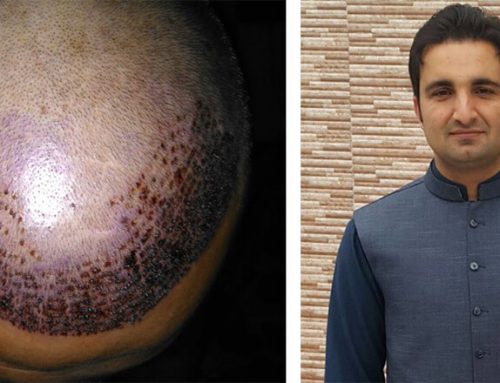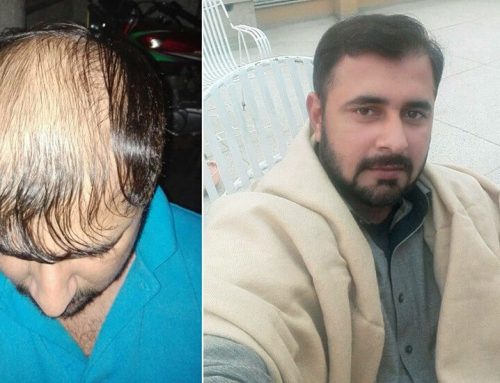The hair transplant with the FUE technique is the most requested hair transplant in our hairandhair clinic. The Follicular Extraction Unit (FUE) is the most advanced hair transplant to treat baldness and alopecia in both men and women.
What is the FUE technique?
We can define hair transplantation with the FUE technique as the hair micro graft technique for a syFUEatic redistribution of hair follicles consisting of the introduction of small scalp grafts with the so-called ” follicular units ” (groups of 1, 2, 3 Or 4 hair follicles as they come naturally determined). We can summarize it in follicle by follicle.
These grafts are obtained with local anesthesia of the posterior and / or lateral scalp (what we call donor zones) and, after being carefully prepared under the microscope, are carefully introduced by micro incisions in the bald or alopecia areas, with little hair, That would evolve towards the baldness (that is, the receiving zones).
Can the hair fall back?
By obtaining the grafts of the posterior and lateral areas of the head, genetically programmed to grow all life by having hormonal receptors that are not affected by enzymatic hyperactivity, it is obtained that once grafted in other areas do not fall and continue to grow normally . In this article we explain why the hair of a hair transplant does not fall. you can search hair transplant Islamabad
Hair transplant – FUE technique The FUE technique (Follicular Unit Extraction) is considered to be the most advanced hair transplant technique available. we also have Q-FUE Technique
What is the hair transplant – FUE technique?
It consists of individually extracting the follicles from the donor site without the need for stitches and without leaving visible scars, which are practically imperceptible. These follicular units of 1, 2, 3 or 4 hairs are extracted accompanied by per follicular structures (capillaries, sebaceous gland, erector pile muscle, etc.).
How is the FUE transplant technique performed?
We have recorded this video in our hair clinic, both in the operating room and laboratory, so you can see the process with a patient, summarized by our surgical director, DR ABDUL KHALIQ MALIK.
At the level of the donor zone it is necessary the practically total shaving of the head since it is the ideal measure for the extraction of the follicular units. In those patients candidates who do not want to shave but want to do the FUE technique, the shaving will be camouflaged with “hair curtains”, as explained below.
In the FUE technique we can distinguish two differentiated phases:
Phase 1: Phase of extraction that requires great skill, experience and precision by the surgeon and the specialist techniques. For this purpose, cylindrical micro-scissors of 0.8-0.9mm diameter are used.
Phases 2 and 3: Phases of preparation and implantation would be identical to the technique of the strip or FUSS.
Do I have to shave my head with the FUE technique?
As we have indicated before, in order to be able to carry out this type of extraction of follicular units, it is necessary the shaving of the head, since this is the measure of ideal hair. However, there are exceptions, cases that allow, for the length of hair they wear, that the shaving is not total but partial or even local (flaps or “curtains”). This is the case, for example, for women. It is unthinkable for a woman to shave her head, even if it is to solve a problem that worries her about alopecia.
There are also cases that because of work or social issues, you cannot allow such a radical change in their image, even because in many cases, they do not even want the people around them to know that they have had a hair transplant.
There are 3 ways to face the shaving:
- Total shaving: shaving the entire scalp. It is the shaving of choice.
- Partial shaving: shaving only the donor area, leaving the anterior and superior areas with the same appearance. This makes it possible to even the haircut after a few days, so the change of image is not as radical as in the first case.
- Flaps or curtains: fragments are shaved from the donor area, so that long hair falls above these areas and completely disguises it. Of choice in women.






